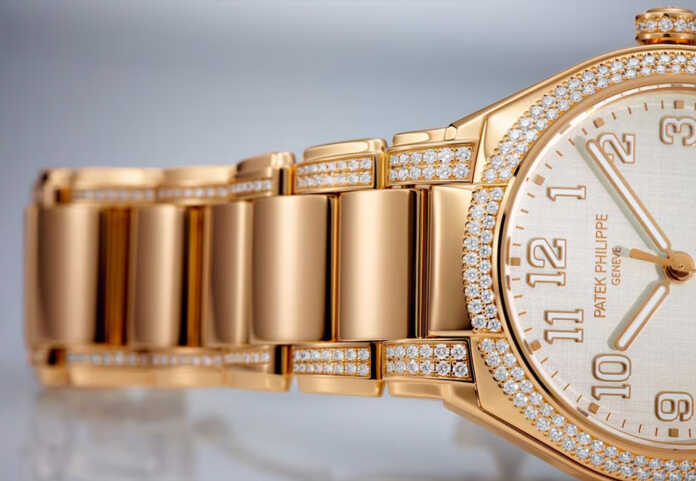In 2024, the pre-owned luxury watch market saw significant price drops for iconic Swiss brands, including Rolex, Patek Philippe, and Audemars Piguet, marking a continued downward trend over the past three years. According to the Bloomberg Subdial Watch Index, which tracks prices for the 50 most traded models by transaction value, the index fell nearly 6% last year to its lowest point since 2021. Rolex prices dropped about 5%, Patek Philippe by 4%, and Audemars Piguet saw a sharper decline of 7.5%.
This price downturn represents the third consecutive year of falling values in the pre-owned luxury watch sector. The surge in demand and pricing during the 2020-2021 period, fueled by pandemic-driven spending, reversed in 2022, as economic growth slowed and interest rates rose. Over the past two years, the Subdial Index has decreased by approximately 13%, with Rolex prices dropping by 8% over the same period.

Global Trends in Pre-Owned Watch Market Reflect on Canadian Sales
In Canada, the pre-owned luxury watch market is echoing global patterns. Despite the overall decline, Cartier has been an outlier, showing modest gains of around 4% over two years due to growing collector interest in smaller, jewelry-inspired timepieces. In contrast, Omega experienced a slight decrease of about 1% in 2024, even with its increased visibility as the official timekeeping sponsor of the 2024 Paris Olympics.
For Canadian retailers, the challenge is clear—adapting to shifting consumer behaviours and the evolving luxury market landscape is key to maintaining competitiveness. While demand for premium timepieces remains, the value of pre-owned watches is under pressure, making it critical for businesses to stay informed about pricing trends and market dynamic.
![]()








